
Finnish Landrace Chicken
- Home
- Our work
- Farm animals
- Nordic native breeds
- Finnish Landrace Chicken
Origin: Finland
Other names: suomalainen maatiaiskana, Finsk landrashöna
Weight: varies between lines- hens 900 g- 2500g, roosters up to 3500 g
Plumage color: Hues range from light colors to totally black and patterns from plain to mottled
Earlobes: White or black, depending on plumage color.
Legs: Ivory, grey or yellow.
Comb: Small single comb.
Type: Light egg layer and multipurpose breed
Eggs: Small to medium size. Shell color varies from cream to beige.
Population: 4500 hens, roosters and chicks as reported in 2020.
Not at Risk – Vulnerable – Enangered – Critically Endangered – Extinct
History
The history of the domestication of chickens is still unclear. There is a consensus among scientists that the chicken was domesticated from red jungle fowl (Gallus gallus), which is still found in the wild in most of Southeast Asia. It is assumed that during the domestication, grey jungle fowl (G. sonneratii) was crossed with red jungle fowl as early as about 8000 years ago. Recent studies point to several domestication events in China, Thailand, Burma and India.
The earliest evidence of domesticated chickens in Finland starts at around 700-800 years AD. This assumption is based on chicken bone remnants found in a ritual cairn. In contrast, more abundant chicken bones have been found a few hundred years later dating back 900-1000 years AD which means that the chicken arrived in Finland no later than 1000 years ago. Since then, several different chicken populations may have been crossbred with the Finnish landrace chicken.
In the seventies, the Finnish landrace chicken was thought to be extinct for good. Despite that, conservation enthusiasts Pertti Seiskari and Heikki Teiro began searches on finding remains of landrace chicken in Finland. In 1974, the agricultural advisory agency collaborated with Seiskari and published a call to find remains of the Finnish landrace chicken. As a result, one flock was found in South-East Finland. This family line was named after its geographical location as “Savitaipaleenkanta”. Revitalization of Savitaipaleenkanta was started from five individuals, which presumably originated from the lost part of Karelia. Even before that, a conservation action was taken a decade earlier in sixties when Yrjö Luttinen from Eastern Finland started to gather the remains of local landrace chicken flocks n from the nearby villages of Kiuruvesi. Since then, positive examples led to the discovery of a dozen other chicken lines. Some of the flocks turned out to be crossbreds between a landrace chicken and commercial egg laying chickens or belonging to some already recognized landrace chicken lineages.
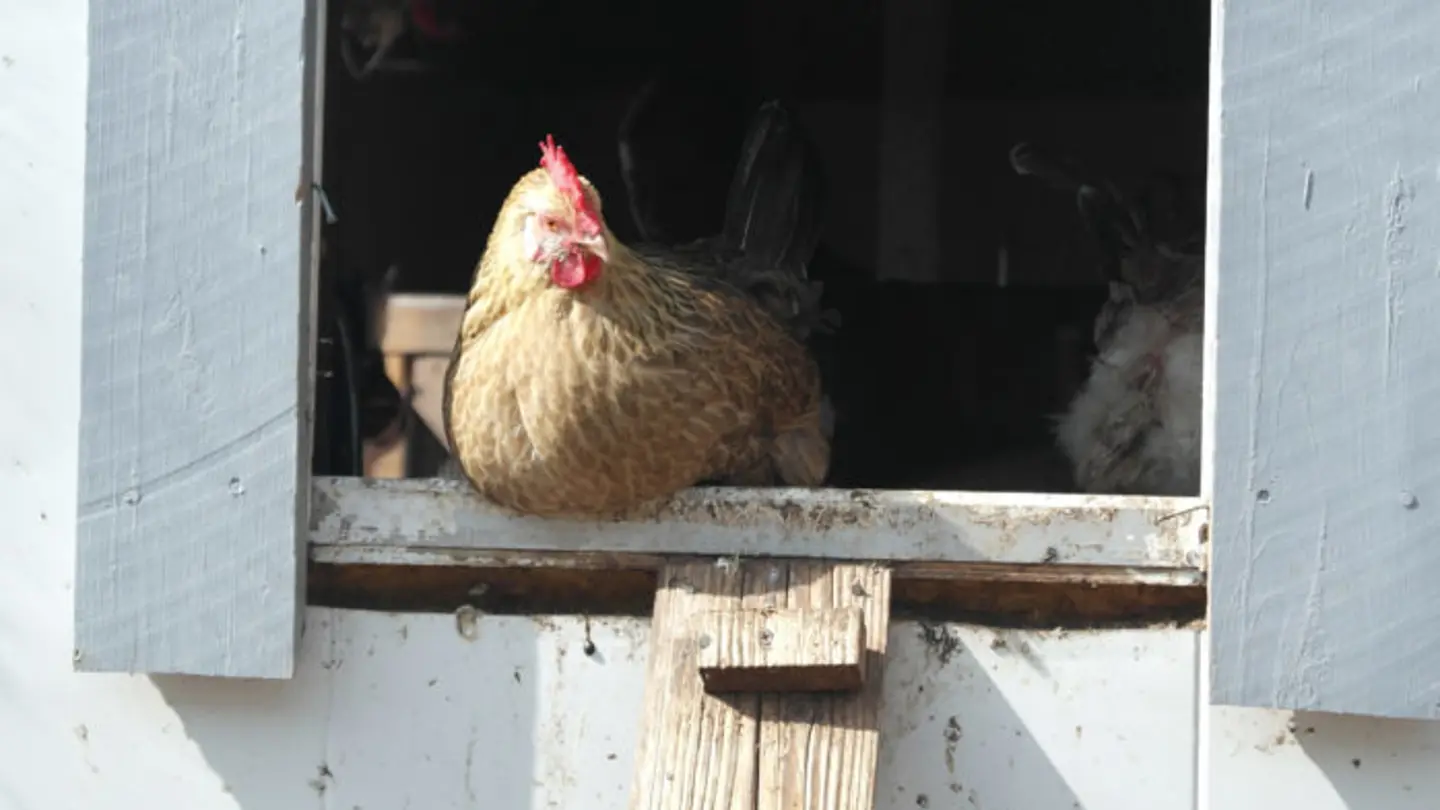
Family lines
The conservation of native landrace chicken applies to following family lines:
- Piikkiö
- Alho
- Hornio
- Savitaipale
- Ilmajoki
- Kiuruvesi
- Häme
- Iitti
- Tyrnävä
- Jussila
Conservation measures
The conservation of the Finnish landrace chicken was initiated in 1998. The Natural Resources Institute of Finland (formerly the Agricultural and Food Research Center of Finland) carries out conservation activities that include up to ten chicken family lineages. The basis of the living gene bank for Finnish landrace chicken relies on a network of volunteering chicken enthusiasts. Natural Resources Institute Finland coordinates the measures implemented in the program. Those coordination tasks include staying connected with breeders, providing training and education, maintaining the database, communication to the public about conservation activities and promoting awareness of the native landrace chicken. Recent genetic studies of chicken populations have also shown that the conservation program has succeeded in maintaining the diversity of different populations.
By joining the conservation program, the breeders have committed themselves to the measures of the program, among other things, to breed pure populations and keep them isolated from other poultry in accordance with the rules. Breeders report events in their flock yearly, such as the number of animals.
The program is open for new breeders. Most of the breeders are hobby breeders. Nevertheless, breeders are eligible to apply for subsidies under the national environmental support for the conservation of genetic resources. In 2020, 4,500 domestic chickens and roosters were reported to be included in the conservation program (Luke 2021).
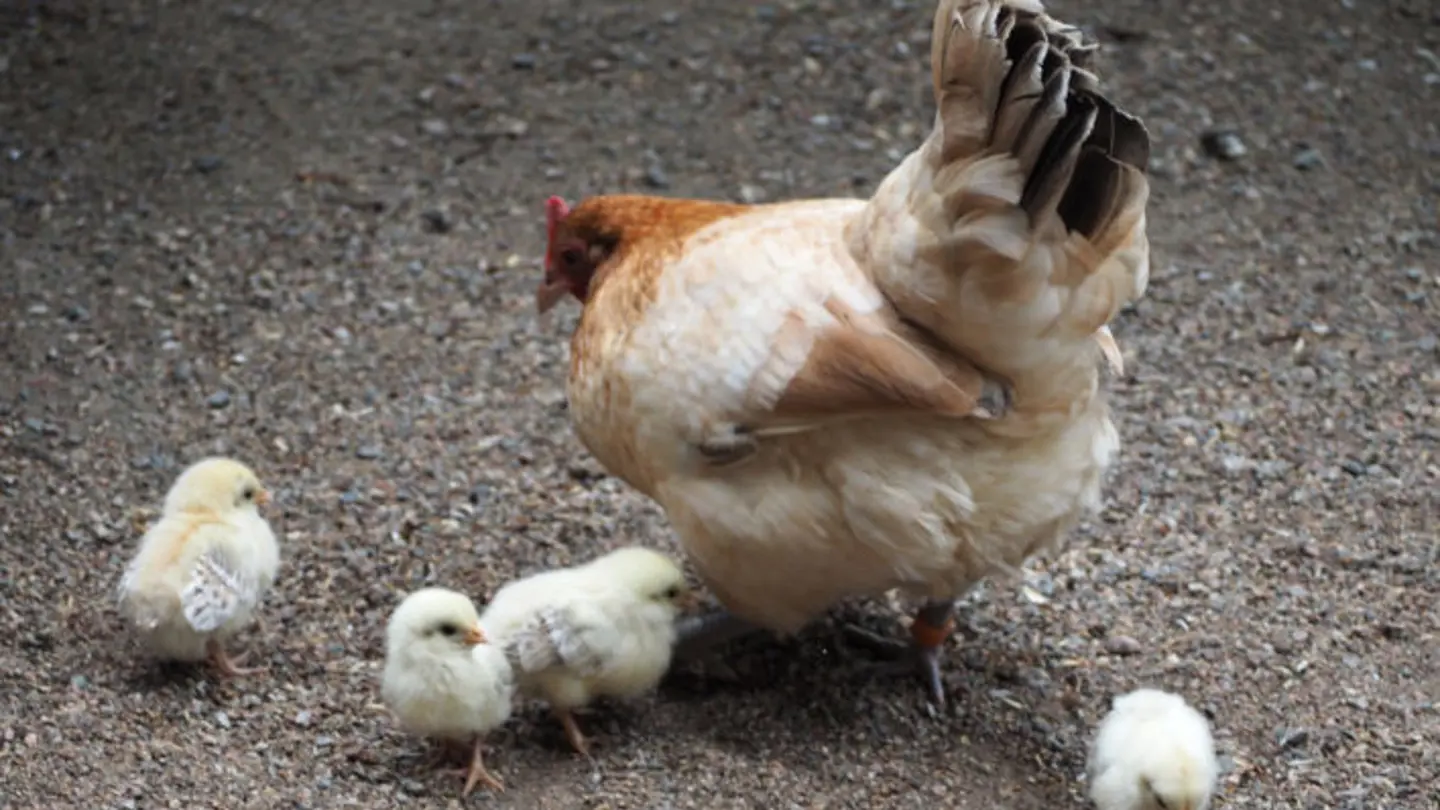
Did you know?
Hornionkanta is part of the Cosmopolitan Chicken Project (CCP), in its 22nd generation. The Cosmopolitan Chicken Project is a global, transdisciplinary and transtemporal examination of the themes of biocultural diversity and identity through the interplay of art, science and beauty.
Chicken twins hatched from an egg of Tyrnävänkanta (2013) Finnish native landrace chicken. The phenomenon of multiple embryos in birds is very rare. Some populations of wild birds or lines of poultry may be particularly predisposed to developing mono-ovular twin embryos. (Turun Sanomat).
References
Auvinen Kaisa. 2014. Suomalaisen maatiaiskanan säilytysohjelman nykytila. Ohjelman kuvaus säilyttäjän silmin Mustiala. Maaseutuelinkeinojen koulutusohjelma.
Bläuer A. 2015. Voita, villaa ja vetoeläimiä: karjan ja karjanhoidon varhainen historia Suomessa. Turun Yliopisto.
Bläuer A. 2020. Animal bones in old graves: a zooarchaeological and contextual study on faunal remains and new dated evidence for the ritual re-use of old cemetery sites in Southern and Western Finland. Archaeological and Anthropological Sciences (2020) 12:206. https://doi.org/10.1007/s12520-020-01165-4
Fulton, J. E., M. E. Berres, J. Kantanen, and M. Honkatukia. 2017. “MHC-B Variability within the Finnish Landrace Chicken Conservation Program.” Poultry Science. https://doi.org/10.3382/ps/pex102.
Jossi Hillel, Martien A.M. Groenen, Michèle Tixier-Boichard, Abraham B. Korol, Lior David, Valery M. Kirzhner, Terry Burke, Asili Barre-Dirie, Richard P.M.A. Crooijmans, Kari Elo, Marcus W. Feldman, Paul J. Freidlin, Asko Mäki-Tanila, Marian Oortwijn, Pippa Thomson, Alain Vignal, Klaus Wimmers & Steffen Weigend. Biodiversity of 52 chicken populations assessed by microsatellite typing of DNA pools. 2003. Genetic Selection Evolution. 35: 533.
Malomane, Dorcus Kholofelo, Henner Simianer, Annett Weigend, Christian Reimer, Armin Otto Schmitt, and Steffen Weigend. 2019. “The SYNBREED Chicken Diversity Panel: A Global Resource to Assess Chicken Diversity at High Genomic Resolution.” BMC Genomics. https://doi.org/10.1186/s12864-019-5727-9.
M. E. Berres, J. Kantanen, M. Honkatukia,A. Wolc &J. E. Fulton. 2020. Heritage Finnish Landrace chickens are genetically diverse and geographically structured
Pages 81–94.
Luke. 2021. Suomalaisen maatiaiskanan tiedote.
Pohjola Leena. Backyard poultry flocks in Finland: an infection risk to commercial poultry or humans? Doctoral dissertation. Helsinki: Unigrafia, 2017
Suomalaisen maatiaiskanan säilytysohjelman säännöt. https://portal.mtt.fi/portal/page/portal/www/Tietopaketit/Elaingeenivarat/sailytysohjelmat/maatiaiskana/Opas%20s%C3%A4ilytt%C3%A4j%C3%A4lle%202019.pdf
Vanhala T, Tuiskula-Haavisto M, Elo K, Vilkki J and Mäki-Tanila A. 1998. Evaluation of genetic variability and genetic distances between eight chicken lines using microsatellite markers. Poultry Science 77(6) 1: 783-790.
Read more about our other native breeds
-
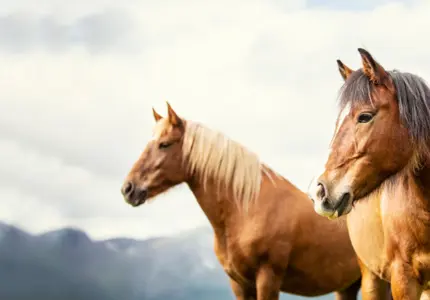
Nordland/Lyngen Horse
The first known and documented exhibition where this breed participated, was in 1898 at Lyngseidet in Troms. In the 1930s, organized breeding of Nordland/Lyngen horses started.
Read more about the breed
-
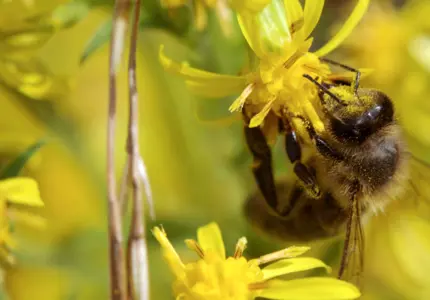
The Nordic brown bee
Honey bees are threatened by intensive agriculture, habitat loss and climate changes worldwide and are important to conserve, not only due to their honey production but also due to their pollination services.
Read more about the breed
-
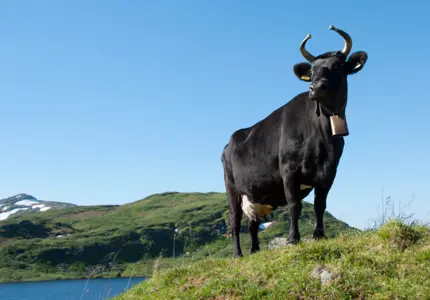
Dola Cattle
The Dola cattle originates from Gudbrandsdalen, Østerdalen and Hedmarken, areas north of Oslo. In these areas there were large areas for nutrient-rich grazing, but it was too far to larger cities for the sale of dairy products.
Read more about the breed